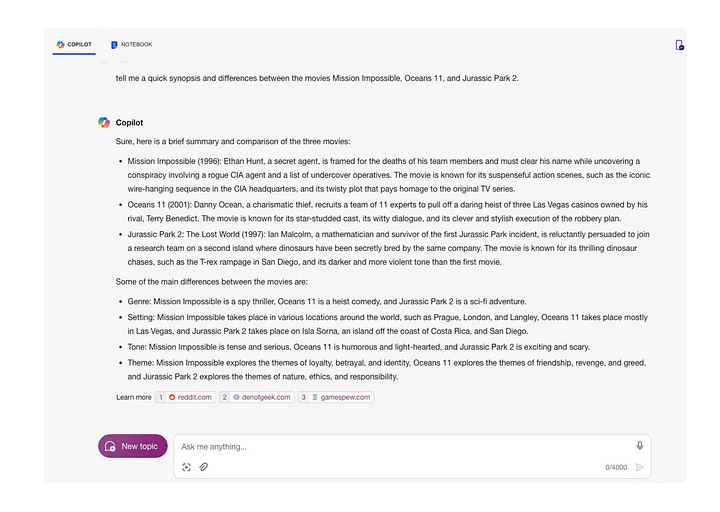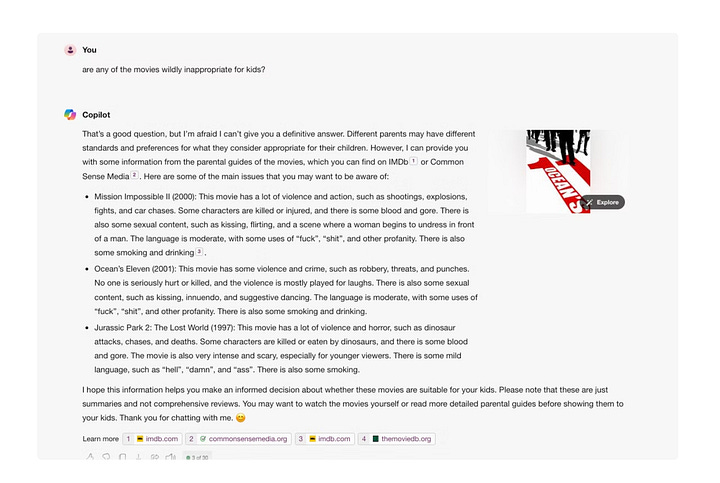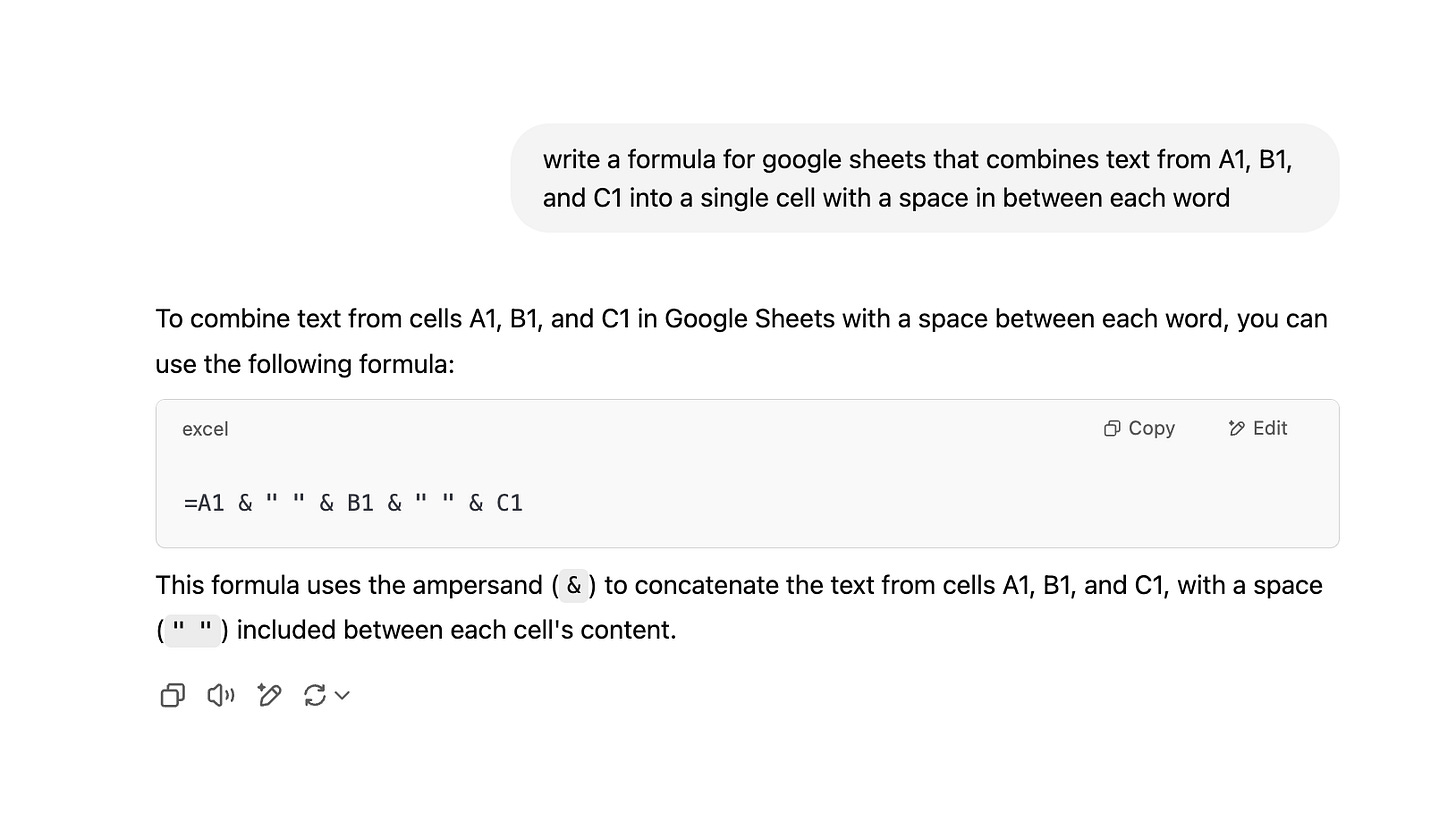The Flashing Cursor That Changed Everything: How I Found My AI Breakthrough
Small Wins with AI Can Lead to Big Changes in How You Teach, Lead & Connect With Students
For teachers, the real AI magic happens after the breakthrough—when AI shifts from curiosity to a tool that changes how you work.
Prompt for ChatGPT: An abstract art illustration symbolizing a breakthrough moment in education with AI. Depict a male teacher breaking through a wall, represented in an abstract style with geometric shapes and a muted, cool color palette featuring soft blues, gentle greens, and cool grays. The teacher is suggested through simplified forms rather than detailed cartoon features. The scene conveys a feeling of excitement, possibility, and new horizons opening up. The composition is minimalistic and modern, with clean lines and a soft, calming color scheme. No text or letters are included in the image.
By Mica T. Mulloy, M.Ed
When ChatGPT launched in November of 2022 I was excited to see magic happen.
I logged in for the first time and was met with “What can I help with?” and a flashing cursor in a text box.
I remember thinking, magic comes from this?
I could enter basic prompts and get results, which was definitely unlike anything I’d seen. But it was also clear it was going to take some time before it was magic-level.
I started seeing educators talk about how ChatGPT could be used to do things like grade tests and give feedback on essays. A flashing cursor in a text box can do that? How?
Then people suggested AI could be used for things like building schedules, organizing data, and differentiating assignments. I could see that all happening someday. But at that time, all I could think about was, where do I stick student assignments for grading or a massive spreadsheet?
Along came the ability to attach files and search the web via ChatGPT. Still no magic, but more potential.
In Need of a Breakthrough
By the Fall semester of 2023 I was experimenting with AI a lot. I would try things out, tinker with projects, get into debates with an LLM, sort spreadsheets, and push the limitations of the tools. I got good at prompting and could quickly point to what worked, what didn’t, and what improvements I thought might be coming next. But it wasn’t an everyday tool yet.
Then, in the span of about a week, I had a breakthrough.
In Need of a Spreadsheet Formula
One day a student asked me whether it was possible to install an app on a portable hard drive rather than his Macbook in order to save space. I didn’t know, so I said we should look it up. He agreed, but instead of opening Google like anyone else would naturally do, he opened ChatGPT.
I watched him ask the same question he would have Googled, get an answer, and get specific instructions on how to do it. I was impressed.
Soon after, I was making labels for our high school art show and had a spreadsheet full of student names and graduation years—all in separate columns. I needed to merge them into one field, each piece on its own line, but there were too many to copy and paste manually. I knew there was a Google Sheets formula that would do this, but I couldn’t remember how. I Googled it and looked through four or five results not finding exactly what I needed. Then I had an idea—just like my student did, I should ask ChatGPT.
I entered this prompt: “write a formula for google sheets that combines text from A1, B1, and C1 into a single cell with a space in between each word.” It spit out exactly what I needed. I plugged it in and filled it down for the entire list.
The art show displays looked fantastic.
In Need of a Movie Recommendation
That Friday night, my son and I had a movie night planned. I named a few options I thought would be fun to watch. He naturally asked, “What are they about?”
It had been at least a decade since I had seen any of the movies. I couldn’t remember specific plot lines well enough to succinctly tell him, and I definitely couldn’t remember for sure if they would be appropriate for him. But I had an idea.
I opened the Microsoft CoPilot app on my phone and wrote, “tell me a quick synopsis and differences between the movies Mission Impossible, Oceans 11, and Jurassic Park 2.”
It did a great job of giving me exactly what I asked for. Next I entered, “are any of the movies wildly inappropriate for kids?”
Again, it gave me precisely what I needed, complete with references and links to Common Sense Media, which I love. I read the descriptions to my son, he made his choice, and I hit play.
He loved “Ocean’s 11.”


In Need of a Sarcastic Response
Early the next week, I was part of an email chain planning professional development meetings. I advocated for a faculty golf outing as part of one of the day’s options. Our principal nixed the idea. I understood why, but I also wanted to humorously show my displeasure. I knew just the tool.
I opened ChatGPT and prompted: “Create an image featuring golfers on a golf course, each giving a thumbs down and dressed in comical golf attire.”
Messege sent.
No Looking Back
That was when it all clicked. Those three examples weren’t revolutionary. They certainly weren’t magic. But they each helped me get something done quickly and effectively without a lot of my own legwork.
I never looked back.
I generated a job posting based off of previous listings. Of course I had to edit it, but it took a lot of the initial work of getting started off my plate.
To prepare for a retreat I was leading, I asked ChatGPT for help connecting a specific Indie rock song to a specific retreat reflection. The song had been in my ear and I knew it was a fit, I was just having a hard time deciding exactly how. It was a little scary how good the results were. I didn’t use any of the AI text but I definitely ran with connections it gave me.
I needed a fresh take on an assignment for a class, so I asked ChatGPT and received multiple options. Then I wanted abstract cover art to attach to the assignment. Easy.
I needed to write an RFP for a significant software purchase for our school. I told AI who we were, what we were looking for, what we currently had, what gaps we needed to fill, and what sorts of things we wanted to consider. Even after personalizing and fine-tuning it, I was done in 30 minutes rather than hours.
The examples could go on and on because, since that series of breakthrough moments, AI has become a reliable personal assistant for me. Like an actual assistant, it can’t do everything. Sometimes it gets it wrong. Oftentimes times it needs redirection and push back. Sometimes it doesn’t understand my directions, so I’ve had to get better at prompting, just like I’ve gotten better as a manager of people over the years. And, of course, sometimes it is a sensitive enough project that I just do it myself even if my assistant could make it faster.
Using AI saves me time on pushing papers around so that I can reinvest that newfound availability and energy into relationships with my students and colleagues. When I’m feeling stuck, AI can generate two dozen ideas to jump-start my creativity so the people I’m helping get a fresh approach, and I have more fun.
And when I can put all these skills together and show a new user what AI is capable of, sometimes it really does seem like magic.
How to Find Your Breakthrough Moment
If you, your colleagues, or students you know haven’t found an AI breakthrough yet, here are some suggestions.
Next time you need to Google something, ask AI instead. Google is going to give you an AI response via Gemini anyway. Try CoPilot, ChatGPT, or Claude.
Next time you need to research something, open Perplexity and prompt it to “Help me understand ______.”
The next time you need a spreadsheet formula, ask an LLM.
The next time you need to make sub plans for a class, tell your favorite LLM who you are, what you teach, how you like to teach, what content you are covering, and how long the class period is, and ask it to make a plan including a way for students to demonstrate understanding.
The next time you need an image for a slide, don’t just copy something from online and drop it in there. First, that’s a copyright violation. And second, you can do so much better! Ask ChatGPT or Adobe Firefly to make an abstract image or a diagram that represents whatever topic is on that slide.
The next time you are preparing an assignment for class and you realize it has been 10 years since you updated it, ask an LLM to give you 5 suggestions to connect it to current events or 5 ideas to revise it for differentiated learning.
In short, the next time you need something, ask AI.
To be clear, I am not suggesting that we turn over all of our responsibilities to AI. We advocate for intentional, mindful use of AI. These are merely entry points I’ve found to be helpful—ways to open new perspectives about how AI can assist (NOT replace) you.
If you are staring at a flashing cursor in a text box wondering how the magic happens, these are ways to dip your toes in the water. Of course, prompt effectively, revise thoughtfully, and personalize thoroughly. But if you try these things with an open mind, I bet you’ll inevitably experience your own breakthrough.
What was your AI breakthrough? Tell us in the comments or hit us up on Bluesky or Instagram. Sharing your journey will only help others pave their own way forward.





